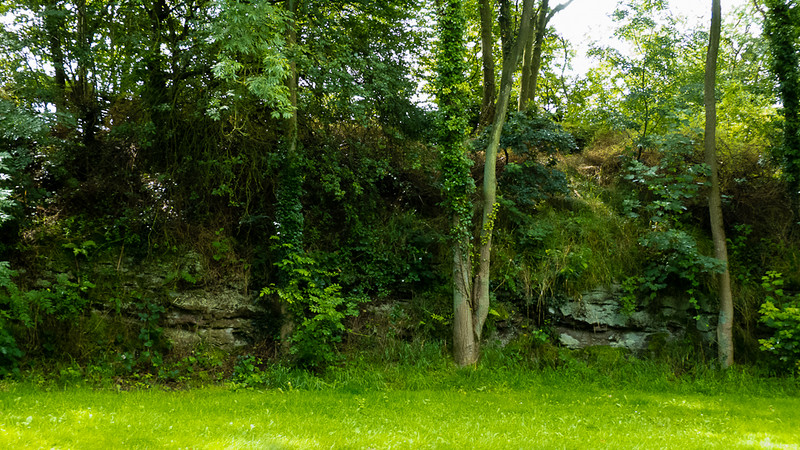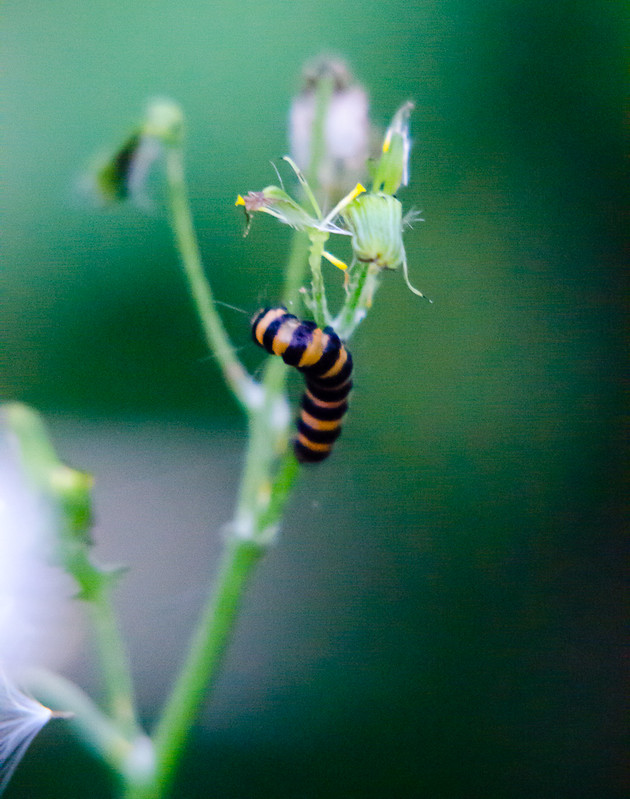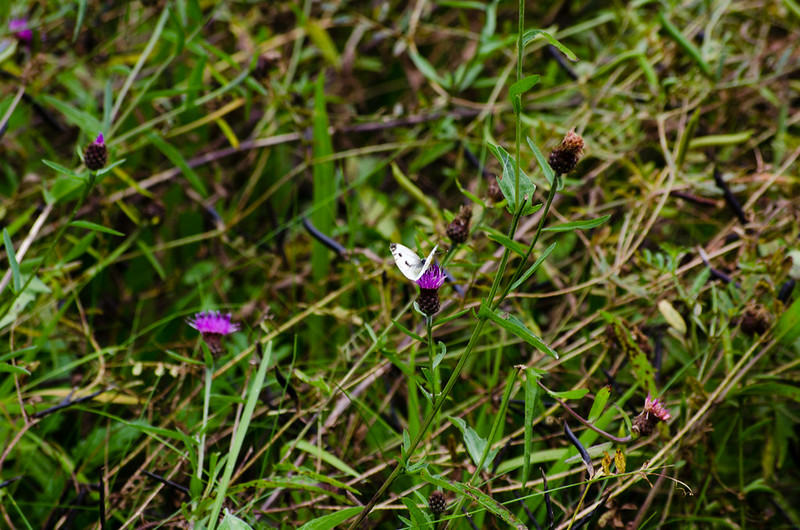The almose fluorescent colours of a mallow flower in a hedgerow.
David
Bromsgrove formation exposure, Wobaston Road
The Bromsgrove formation is one of the harder rocks which Wolverhampton rests on. The rock, which the more mature of us might know by its former name of Keuper sandstone, forms some of the highest ground in the city: the Tettenhall ridge and Bushbury, then extending from these towards Fordhouses.
Very little of this rock is actually exposed and visible within Wolverhampton’s boundaries (probably the biggest exposure is the Pendeford Rockin’). A little further north, on the road which connects Fordhouses and Pendeford to Bilbrook, there is a high point with a long exposure, probably where a cutting was made to smooth the gradient of the road.
The top picture is a close-up showing some of the mosses and lichens which have colonised the rock face. By chance, it happens to have missed the larger pebbles which are among the material which was composited to make the rock.
The second picture is taken from across the road, showing how the entire exposure is well on the way to becoming overgrown.
The dull brownish colour of the rock is very different to the bright sandy red of the immediately underlying rock, the Wildmoor formation (old name: Bunter sandstone) which can be seen in the valley of the Smestow, lower on the Tettenhall ridge or on Finchfield hill.
Cinnabar moth caterpillars feeding on ragwort
The adult of the cinnabar moth is day flying, and brightly coloured to show that it is unpalatable. The yellow and black stripes of the caterpillar serve the same purpose – young caterpillars are just yellow.
There were several caterpillars on this ragwort: their preferred food source.
The camera noise in these pictures is because I went out one night at sunset in search of badgers. I didn’t see any, so took this series instead.
Owl mobbed by crows misericord
The owl being mobbed by crows is one of the superb medieval misericords of St Laurence church, Ludlow.
Crows do indeed combine to attack owls and other birds of prey bigger than themselves. For the church in the middle ages, owls were not symbols of wisdom, but of demonic forces which moved around stealthily under cover of darkness.












